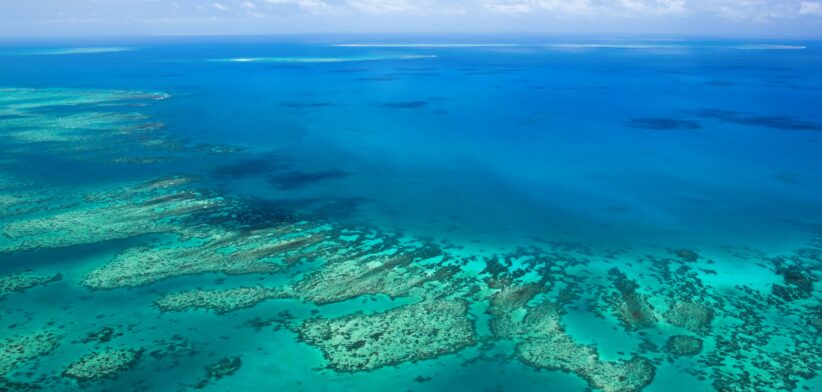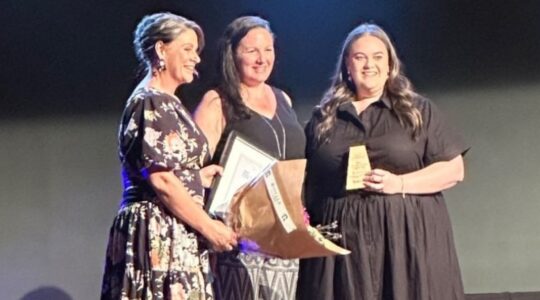A real-time monitoring system has been developed with the goal of stalling the decline of the Great Barrier Reef.
A University of South Australia (UniSA)-led project has developed a multimodal platform which will distil all research data relating to coral reefs, including underwater videos and photographs, satellite images, text files and time-sensor readings, onto a central dashboard.
UniSA data analyst and lead researcher Abdullahi Chowdhury said that a single centralised model would integrate all factors affecting coral reefs and provide environmental scientists with real-time predictions.
Dr Chowdhury said coral reefs worldwide are dying at an alarming rate, with 75 percent of reefs experiencing bleaching-level heat stress in the past two years.
“The World Heritage-listed Great Barrier Reef, considered the jewel in the crown of coral reefs worldwide and one of Australia’s most significant ecological and tourism assets, has been decimated by severe bleaching events since 2016, exacerbated by ongoing crown-of-thorns starfish outbreaks and coastal development,” he said.
Dr Chowdhury said the integration of remote sensing technologies with machine learning, artificial intelligence and Geographic Information Systems (GIS) would monitor and hopefully stall the damage to the world’s most fragile marine ecosystems.
“At the moment we have separate models that analyse substantial data on reef health – including bleaching levels, disease incidence, juvenile coral density and reef fish abundance – but these data sets are not integrated, and they exist in silos.
“Consequently, it is challenging to see the ‘big picture’ of reef health or to conduct large scale, real-time analyses.”
He said an integrated system would track bleaching severity and trends over time; monitor crown-of-thorns starfish populations and predation risks; detect disease outbreaks and juvenile coral levels; and assess reef fish abundance, diversity, length, and biomass.
Central Queensland University PhD candidate Musfera Jahan, a GIS data expert and contributor to the project, said centralising the data in real time allowed for predictive models to be generated that would help conservation efforts and enable earlier intervention.
“Our coral reefs are dying very fast due to climate change – not just in Australia but across the world – so we need to take serious action pretty quickly,” Ms Jahan says.
Read the full study: Coral Reef Surveillance with Machine Learning: A Review of Datasets, Techniques, and Challenges.








